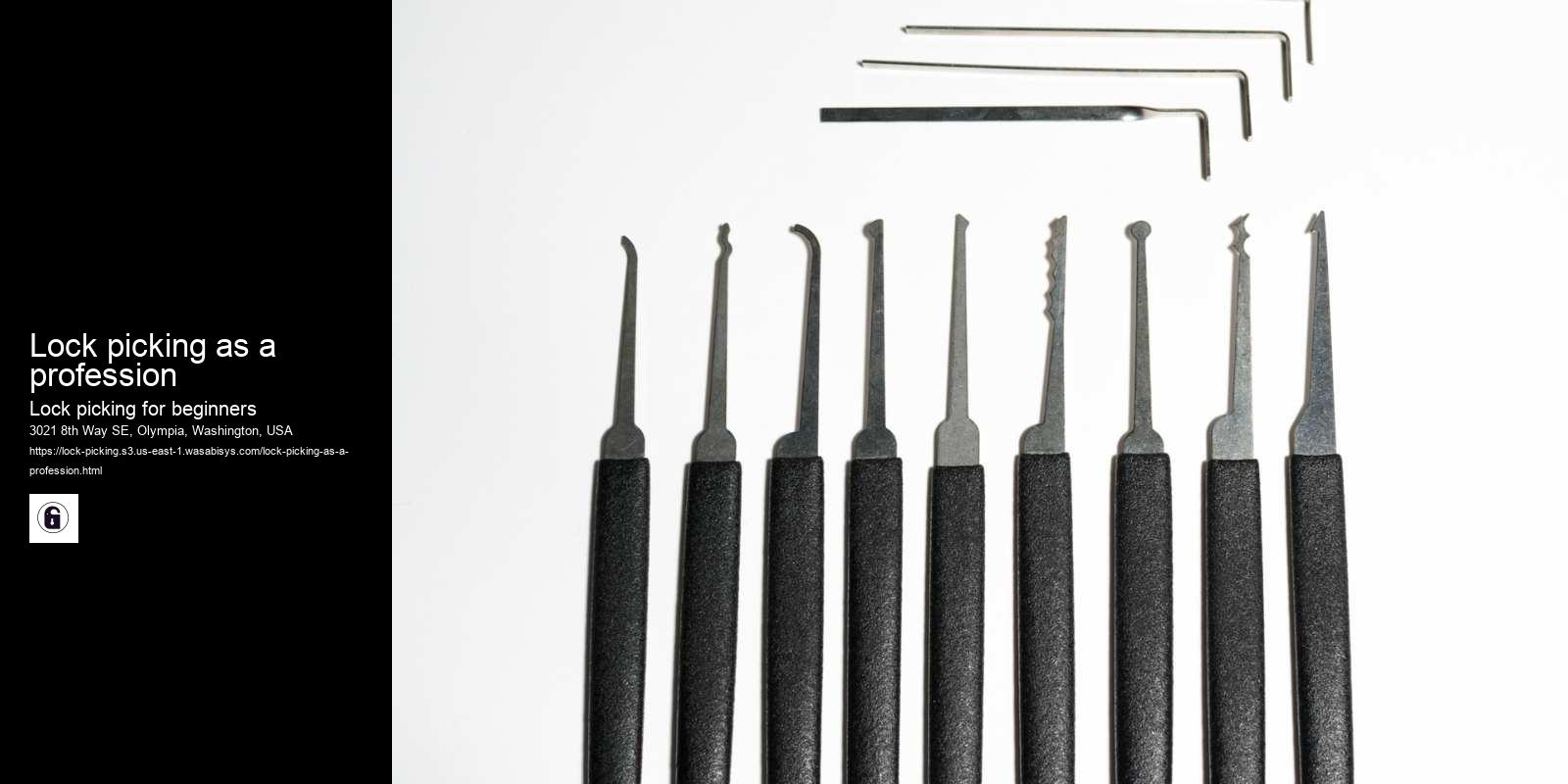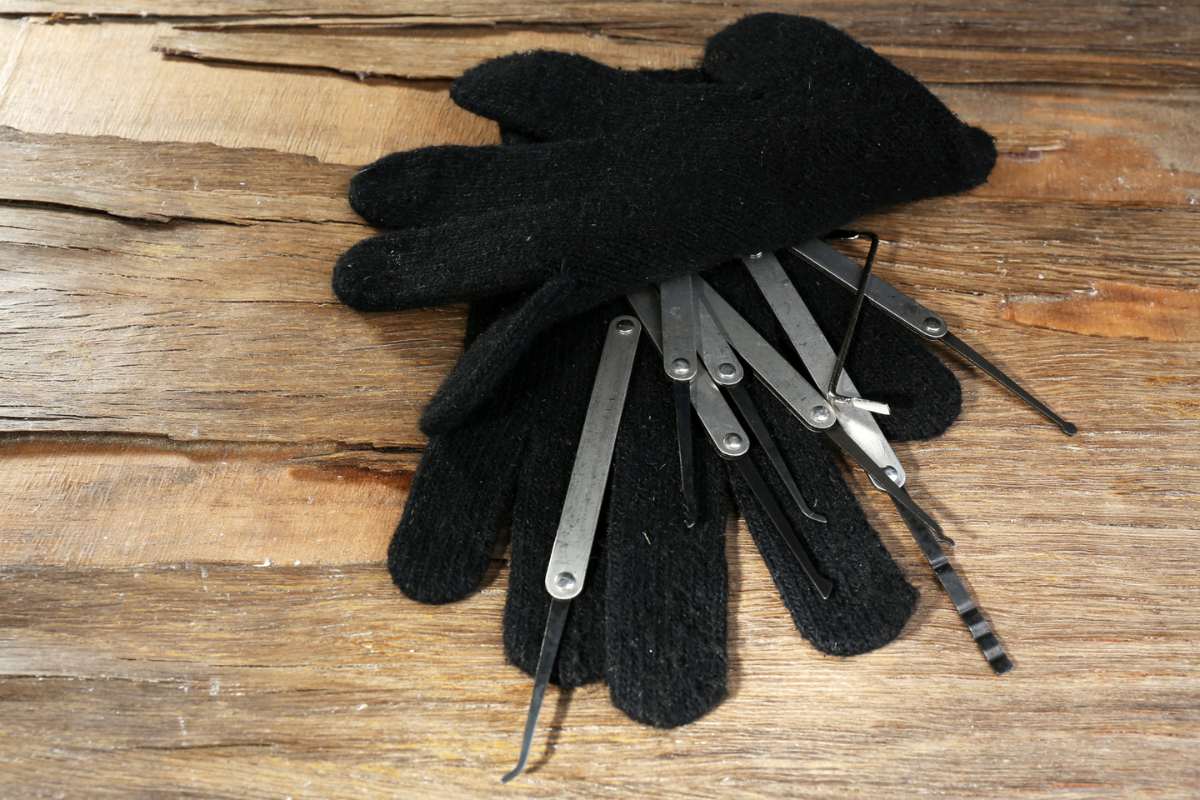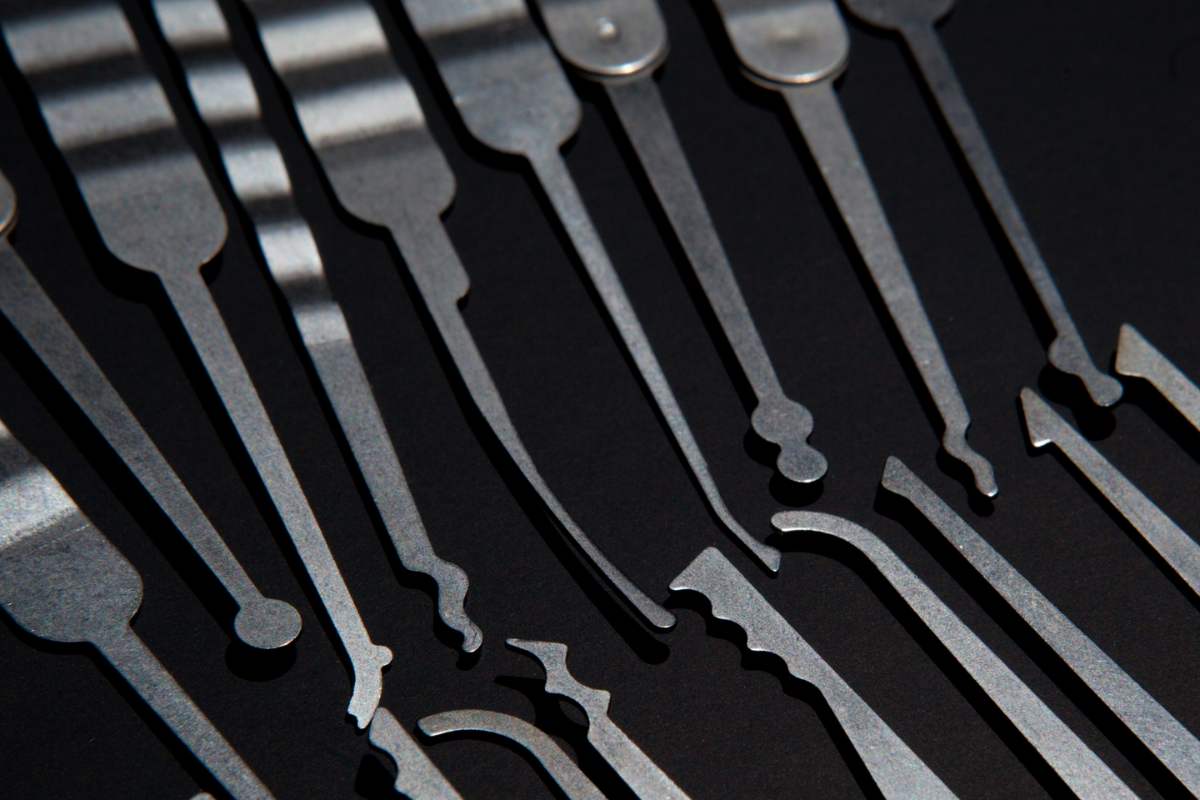How does a rekey work?
It's worth noting that using a tension wrench takes practice and skill. The amount of tension to apply will vary depending on the lock, and too much or too little pressure can prevent the lock from opening. It's important to remain patient and focused throughout the process, and to adjust the amount of pressure on the tension wrench as needed to successfully open the lock.
In lock picking, a hook pick and a diamond pick are two common types of tools that are used to manipulate the pins inside a lock. Although they are both used to pick locks, they have different shapes and are designed to be used in different ways.
A hook pick has a curved, hook-shaped tip that is used to individually lift and set the pins inside a lock. The curvature of the hook allows the picker to navigate around the pins and lift them to the correct height. Hook picks are generally used for single pin picking and require a high level of skill and precision to use effectively.


